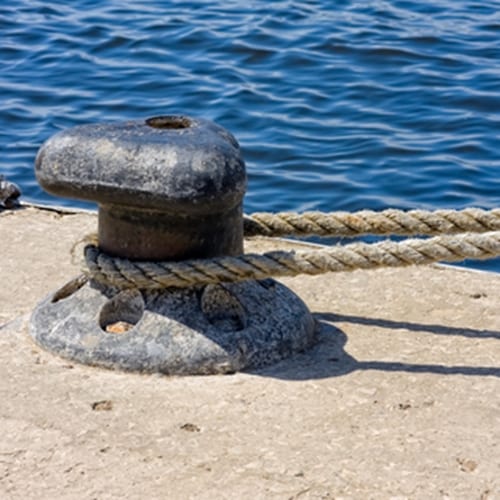Shipping businesses need to consult their marine insurance to make sure their vessels are protected, even when moored. But what about the bollards that ships tie themselves to when in harbor? Maritime Executive recently examined the results of the British Confidential Hazardous Incident Reporting Programme (CHIRP), which assessed proper standards for mooring post safety.
According to the report, harbor operators need to determine the strength of the mooring areas and make sure that boats are safe while docked there. If a stationary vessel suffers damage due to a bad bollard, ship owners should not be held responsible, because there would be no way for them to test all of the different posts and know which ones were safe in advance.
Even though the CHIRP organization is based in the UK, they urge operators to report faulty mooring no matter where they are in the world. Ports should constantly test their facilities and consult official standards, too, to ensure that they are prepared to anchor heavy-duty ships of all sizes.
MarineLink recently reported on a Bollard Load Test system that has been developed by the company Tyne and Wear Marine (TWM) to help in this effort. The source quotes TWM's Managing Director, Jeff Main, on the steps they've taken to make a standardized test.
"Our designers and engineers have come up with a fully calibrated and easily deployable way of testing the strength of marine bollards, creating conditions equivalent to 100 metric tons with plans in place to increase this to 150 metric tons of pull in the next model," he said.
In addition to researching new available test methods, businesses should regularly update their boat dock insurance policies to account for changing standards.

